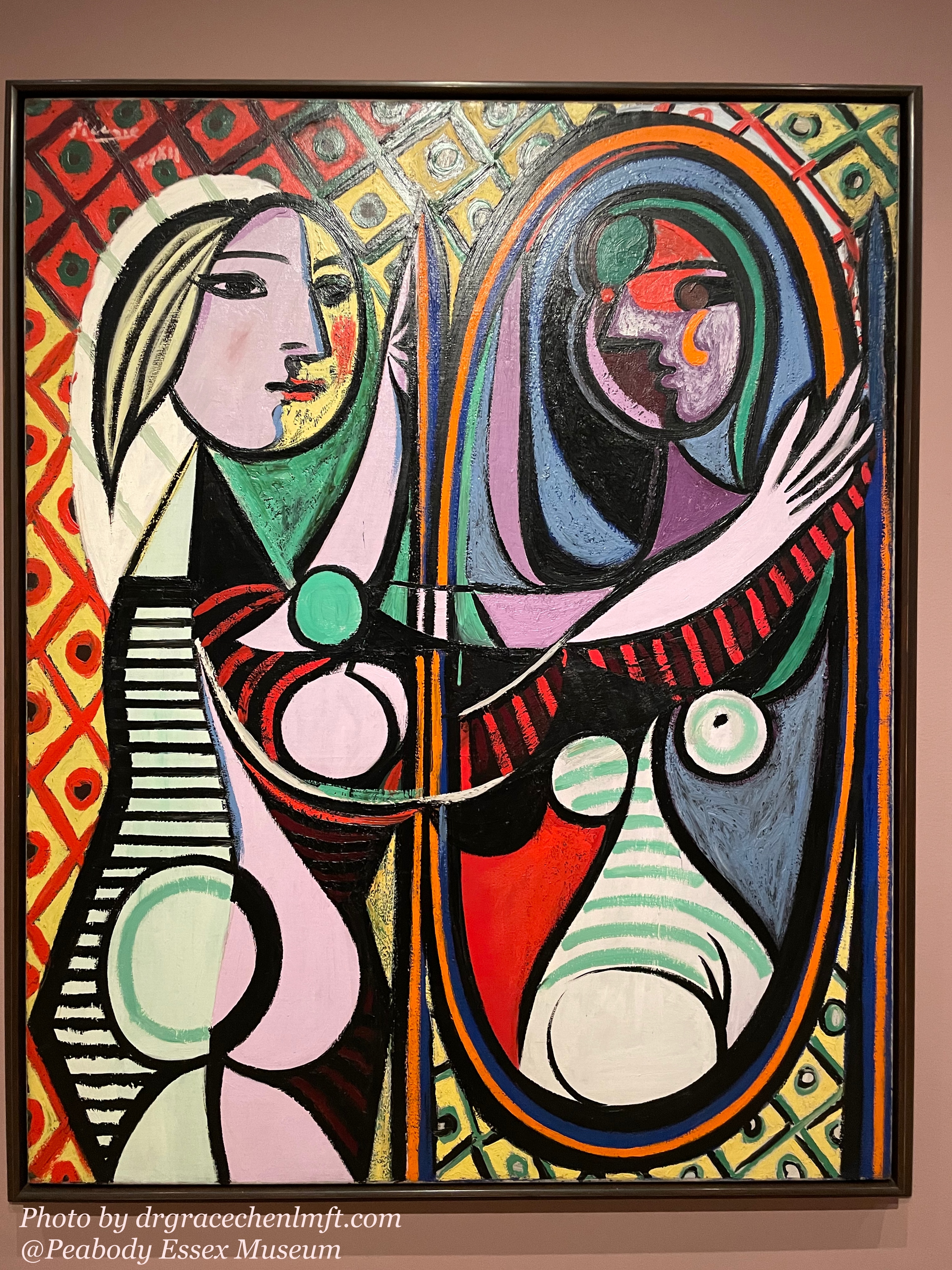Recently, several clients ended our sessions with this statement: “I just have to create a better boundary with people.” When I asked them the meaning of setting the boundary, they often replied to me with this statement: “Oh, I just need to know how to say “No” to people.
This statement needs to be more concise in the idea of boundaries. Saying no is just one of the aspects of setting boundaries. Setting boundaries with other people means “Asking for what I want” or “Saying No to what I don’t want.” “Asking and rejecting” still feels too oversimplified about the boundary. The initiation of setting the boundary and the consequences of setting the boundary often makes the boundary-setting action difficult.
So, what is the boundary?
According to Merriam-Webster, the definition of a boundary is “something that indicates or fixes a limit or extent.” I often asked the clients to hold up their arms and do a circle. That circle made by my arm’s length is the personal boundary.

So, if one person has longer arms while the other has shorter ones, there will be conflicts when they stand side-by-side. They have to negotiate their comfort level for the boundary to overlap.
Whenever I describe this picture to the clients, the clients often immediately understand the implication of boundary setting.
- Setting a boundary means “I am an inconvenience to other people.” Essentially, I request other people to adjust their position to make me feel comfortable.
- Setting a boundary means “I am a disappointment to other people.” Essentially, I refuse to comply with what makes others feel comfortable.
- Setting a boundary means that “You can say no to me” because my request might violate your boundary, and you have the right to your boundary too!
- Setting boundaries means possible conflicts because what makes me feel comfortable may not make you feel comfortable.
Therefore, setting boundaries sounds simple but complex because it requires a person to feel comfortable with disappointment, rejection, and conflicts! Unfortunately, these are all the reasons some people don’t want to set up boundaries in the first place, to avoid conflicts, rejection, and disappointment.

It’s important to explore our fear of experiencing conflicts, rejection, and disappointment to set boundaries with others. The underlying fear of experiencing conflicts, rejection, and disappointment often results from being deeply rejected by significant others in critical relationships. Therefore, it’s essential to look back into healing the wounded self that felt rejected and disappointed by our significant others in the past.
Next time, when you have difficulty setting boundaries, don’t blame yourself. Allow yourself to accept your fear of being disappointed and rejected or the anxiety of potential rejection, and ask yourself: is my fear or anxiety true to the person in front of me, or are these feelings the results of my relationship with other people? Maybe, you can finally set the boundary after realizing it’s not about the people in front of you. If not, you might need to work with a professional to heal from the relationship trauma.

